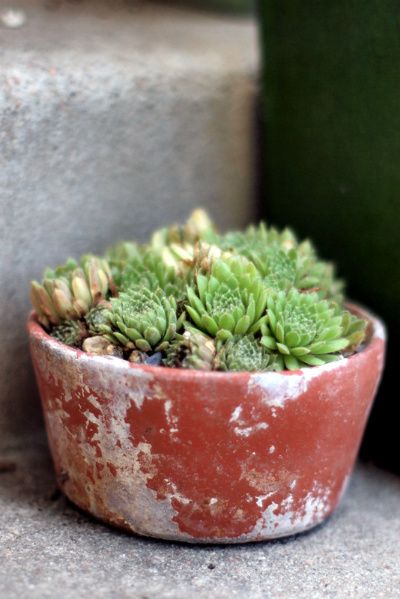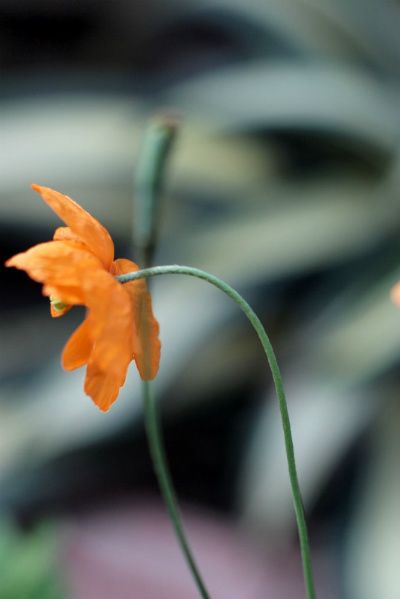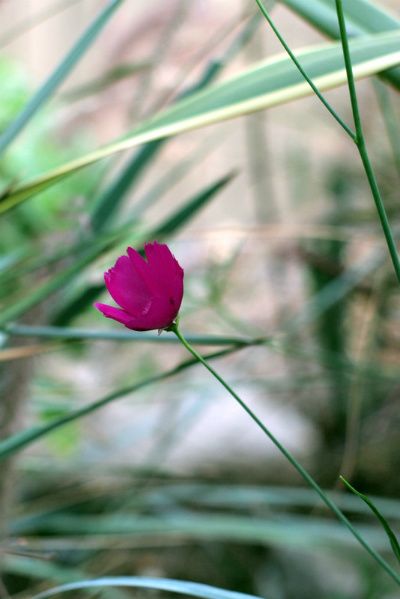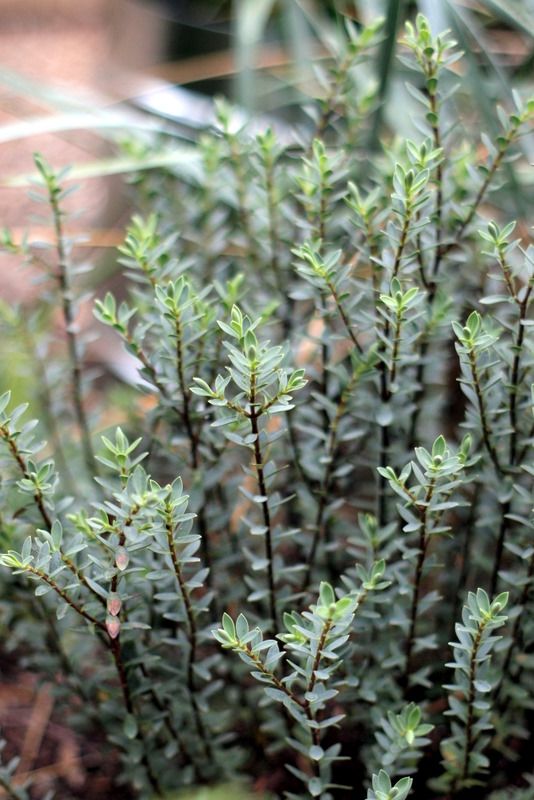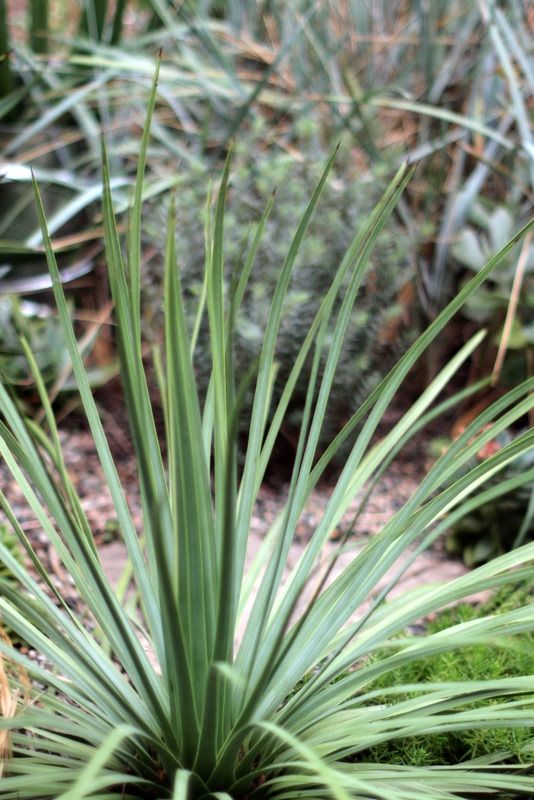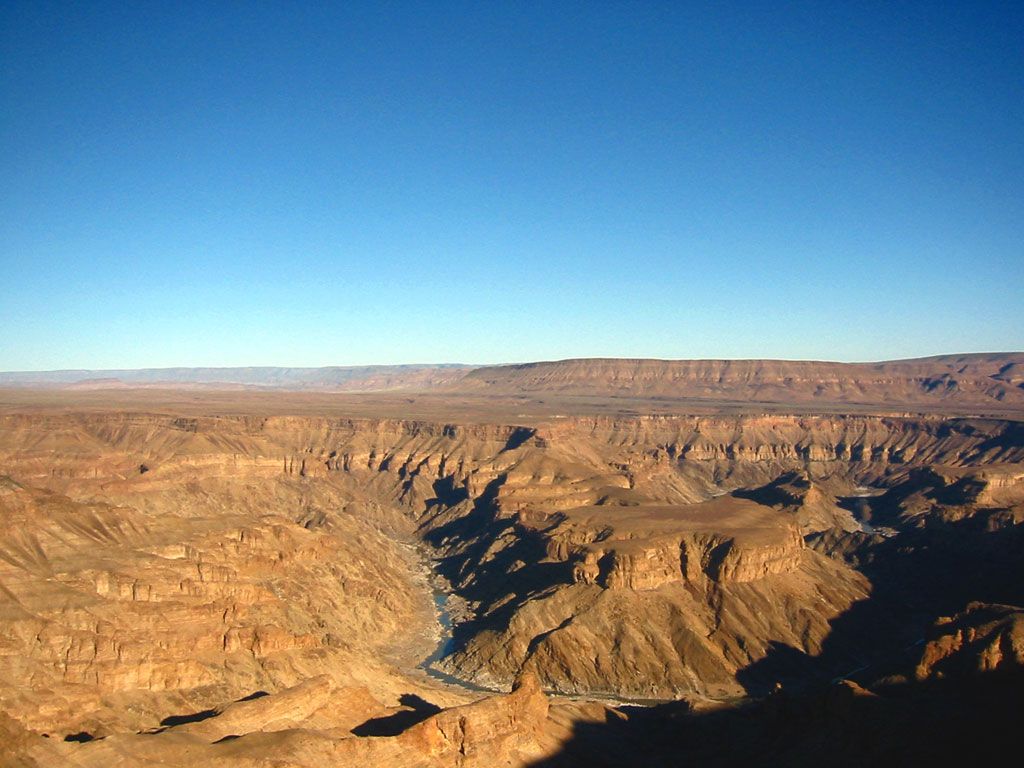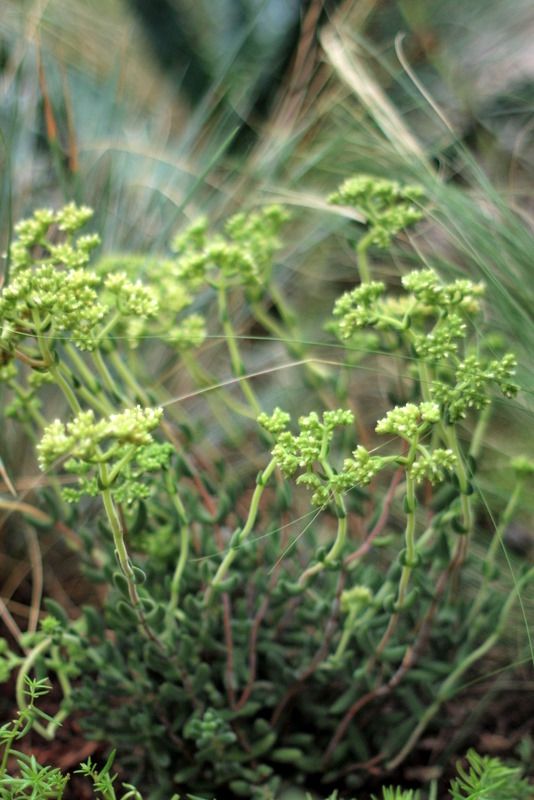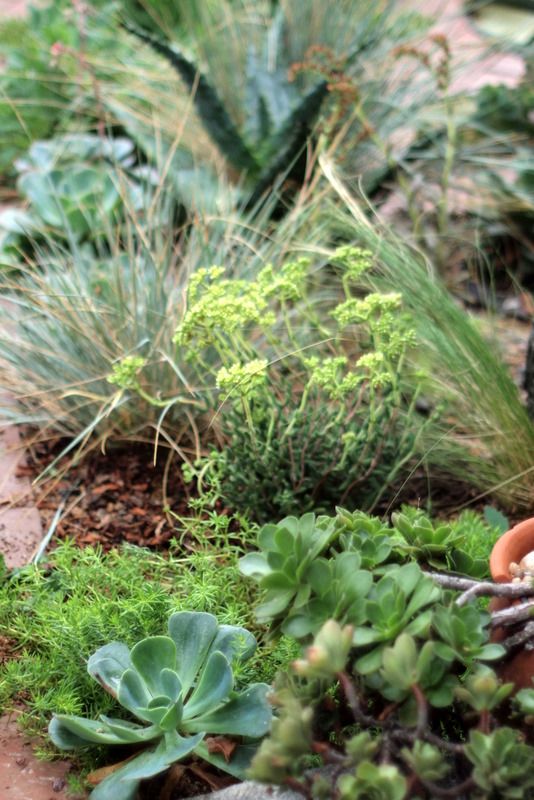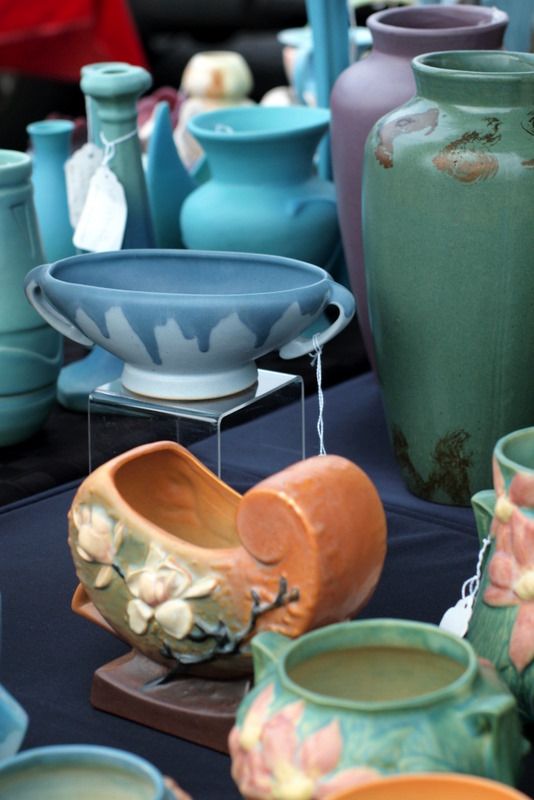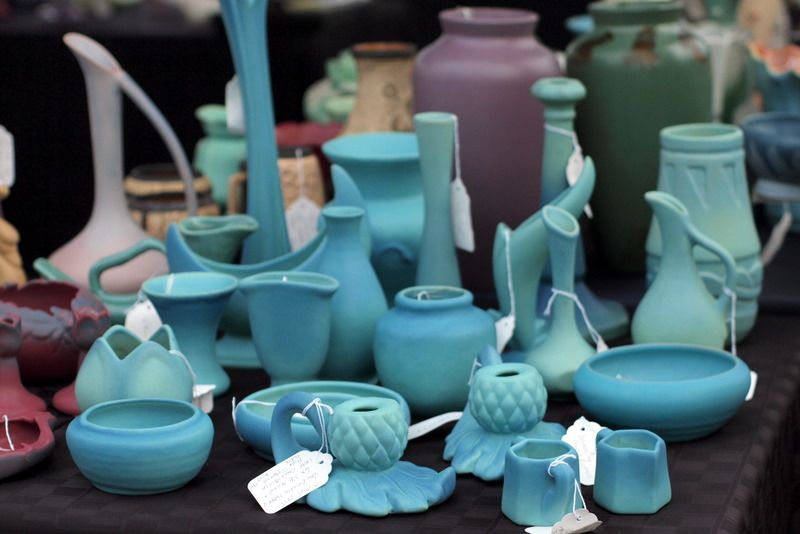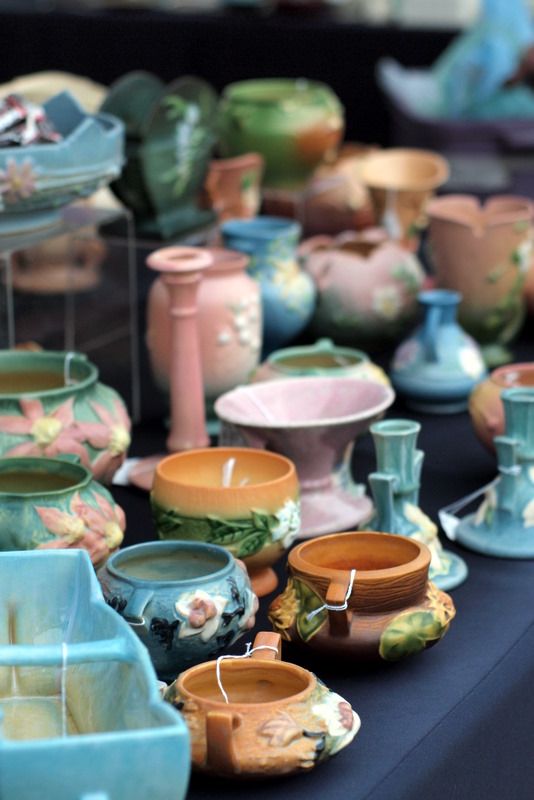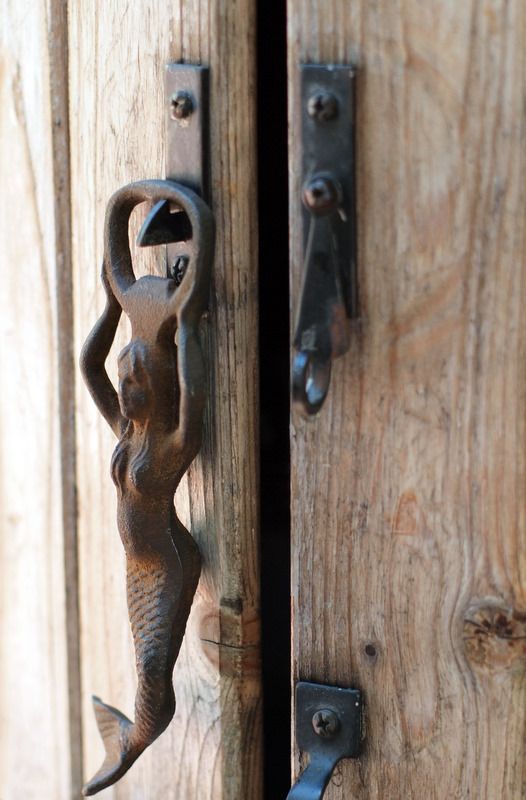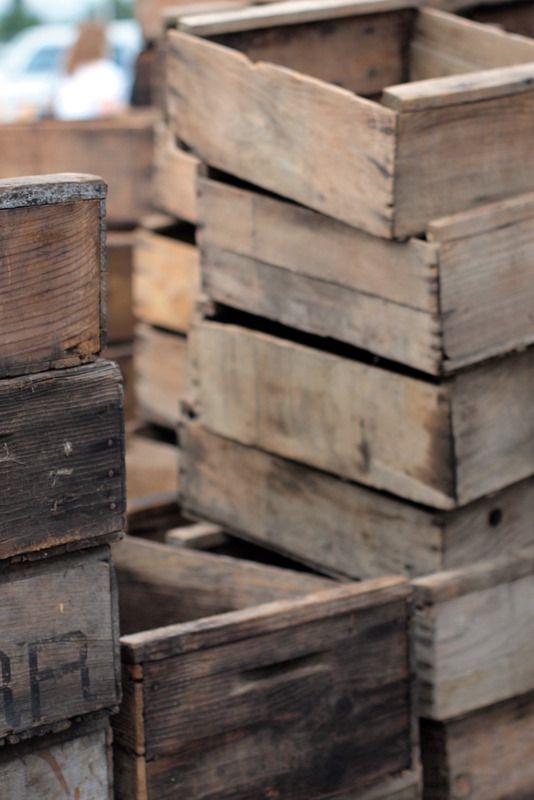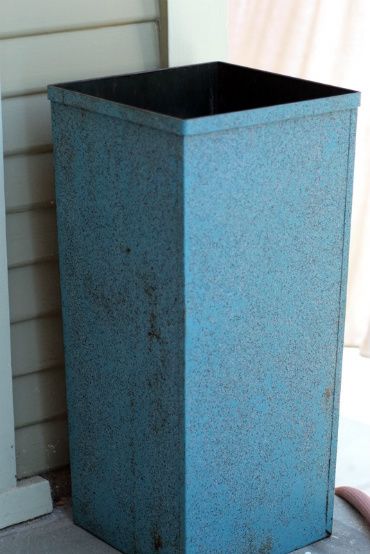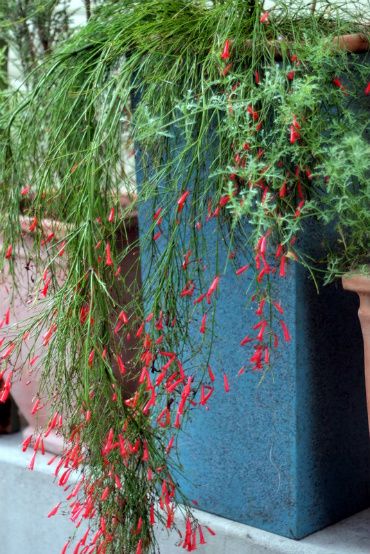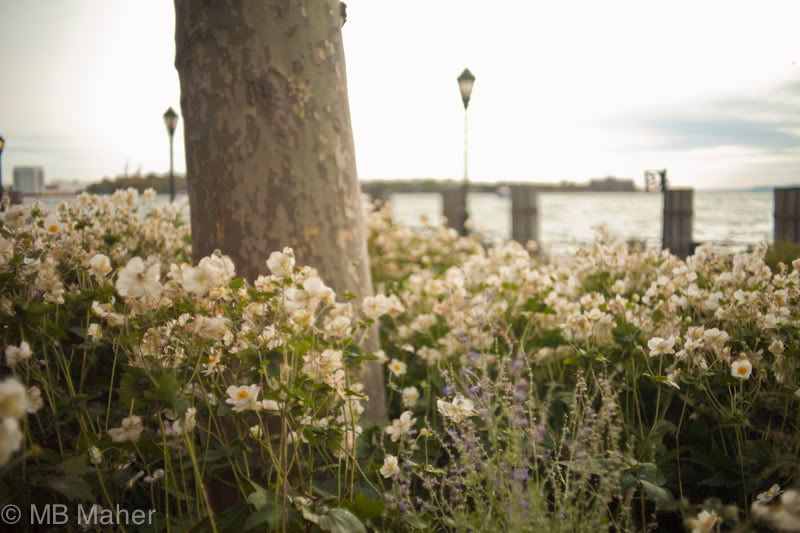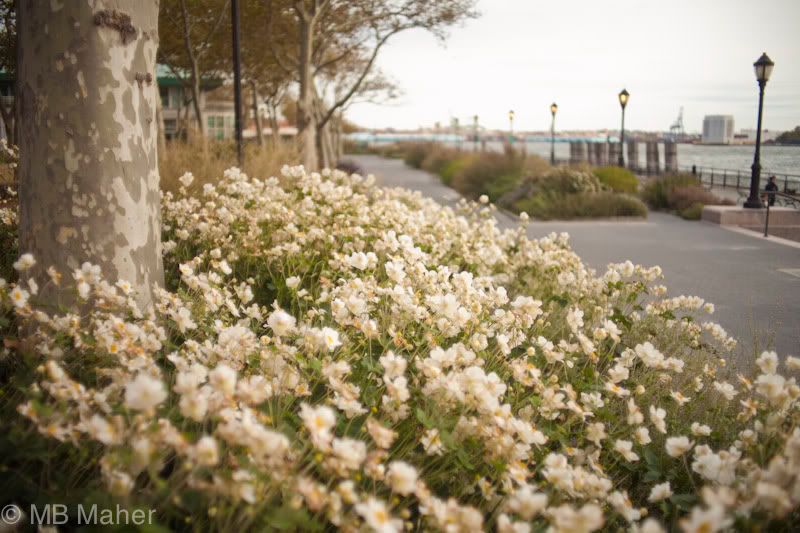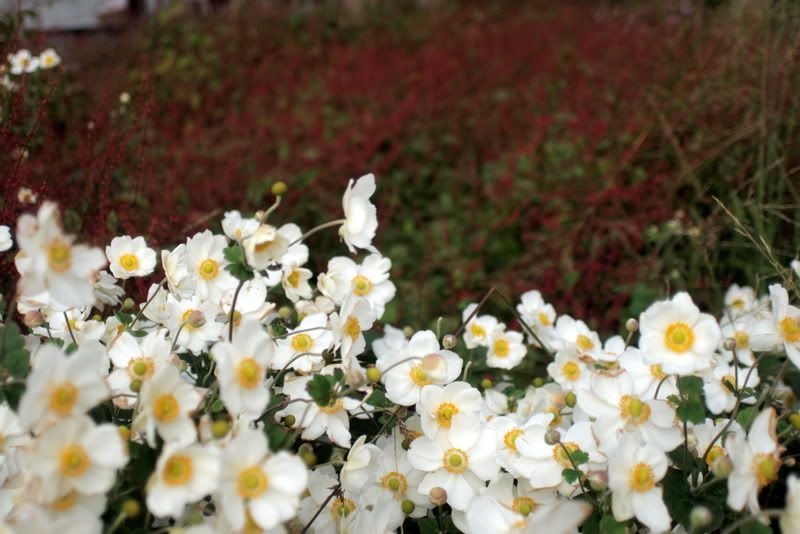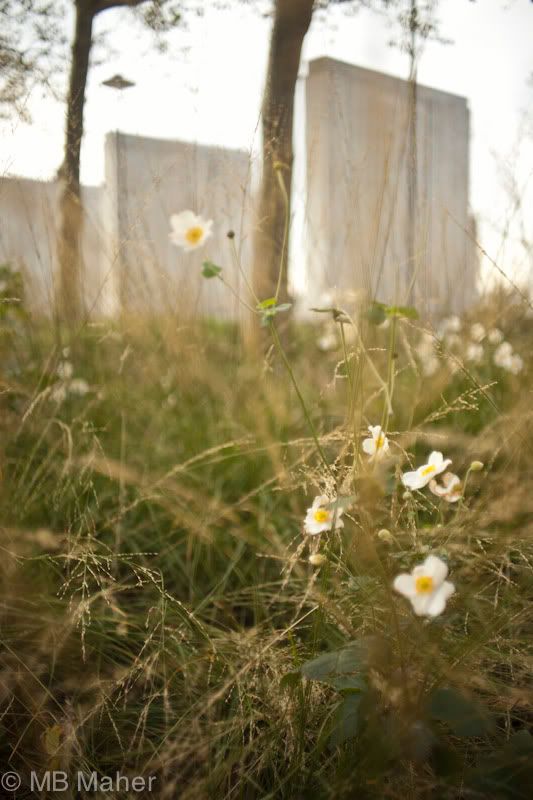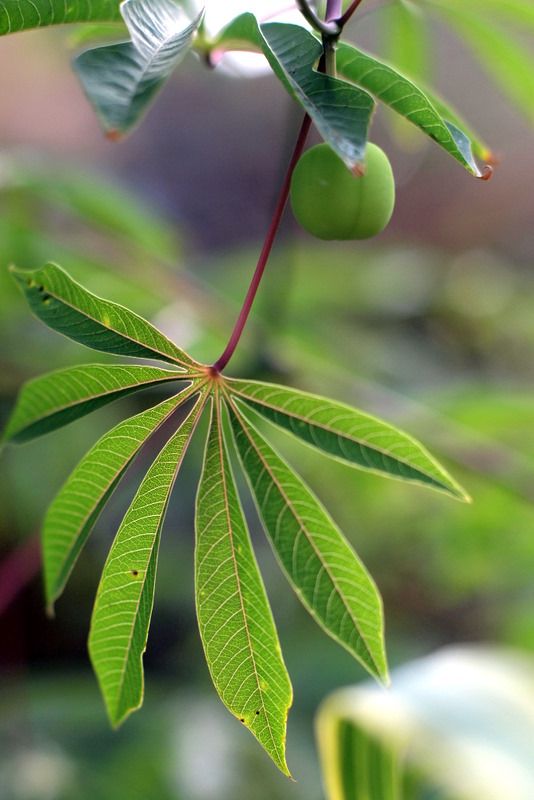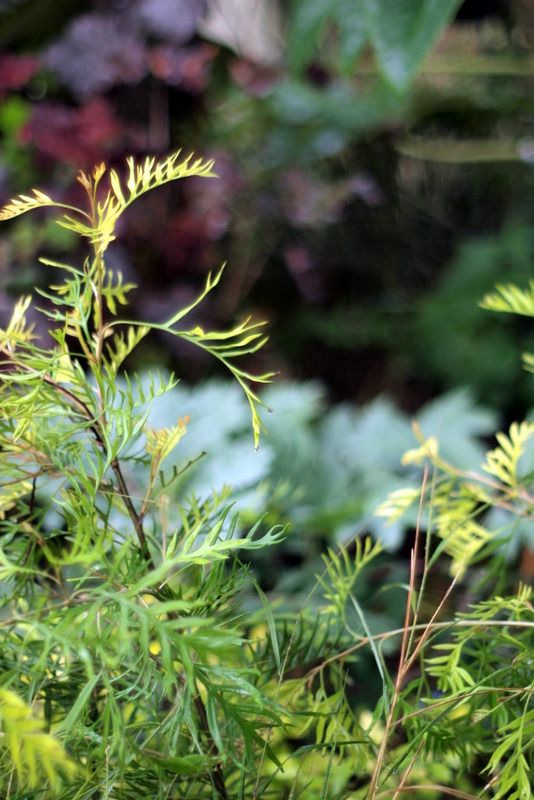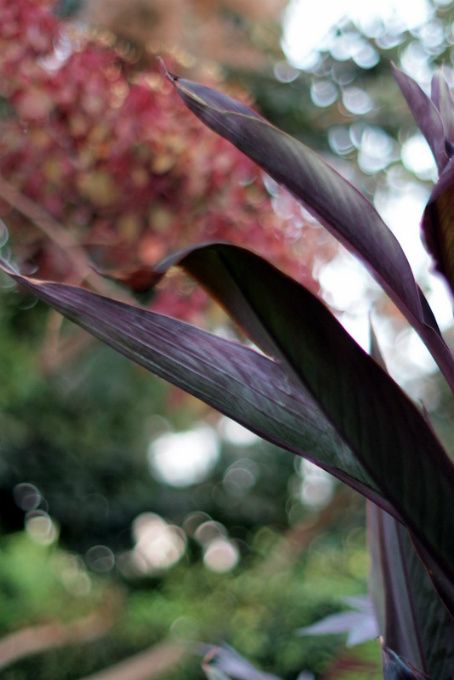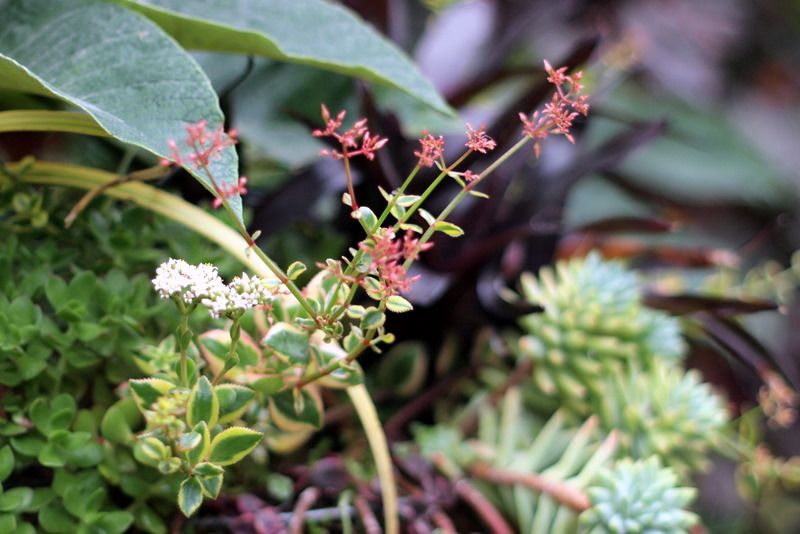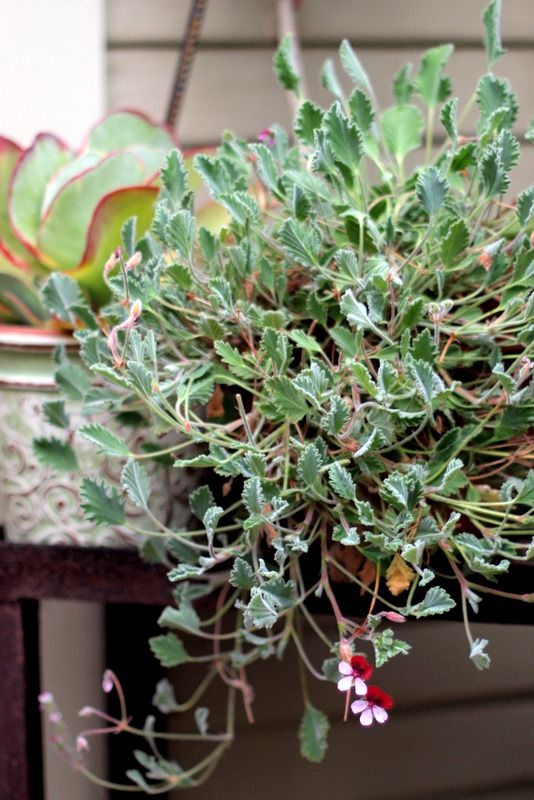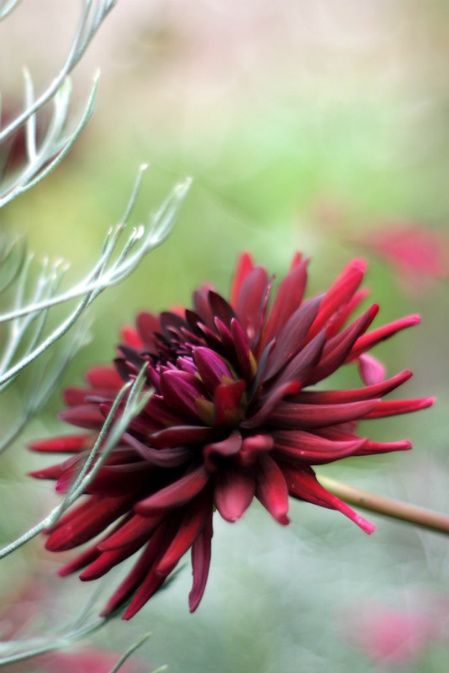I briefly escaped the desk yesterday and checked out a couple local nurseries. Fall is when some interesting plants start to appear again in Southern California nurseries, for planting in the cooler temps, to be settled in by winter rains. (Fingers crossed, oh, please, please, winter rains, do come!) Surprised the heck out of me to bump into Teucrium hyrcanicum ‘Purple Tails’ locally, a plant I’ve killed once but have been meaning to attempt to get off on a better footing with in the future. This native of Iran is spelled both hircanicum and hyrcanicum. Someone needs to pick a spelling and stick with it.
The teucrium had only been available via mail order previously. The local teucrium were in full growth, filled with bloom spikes. Instant garden gratification. (The fly on the sporobolus bloom is an unwelcome reminder of the abysmal outdoor meal we had a few weeks back, where hordes of his kin flew in past a phalanx of citronella candles. Our guests were not amused. I think it was the lobster that attracted them in such numbers.)

As always, some reshuffling was in order first. A mossed basket of succulents had been moved into the proposed spot for the teucrium just a few days ago. Senecio anteuphorbium was breaking summer dormancy, so I helped it along by soaking the thoroughly dried-out basket in a basin for a day. Then instead of hanging it up again, to be neglected and forgotten as it had been all summer, I plopped the entire basket in the garden outside my office. Wonderful effect. Instant garden gratification. Compound, silvery leaves in the foreground are from the umbellifer Seseli gummiferum. The seedheads to the right are from Patersonia drummondii, which can be seen in bloom last April here.

But now I needed this sunny spot for the teucrium, so the basket was moved again, this time among some Libertia peregrinans, a surprisingly nice match for the yolk-colored Sedum nussbaumerianum.

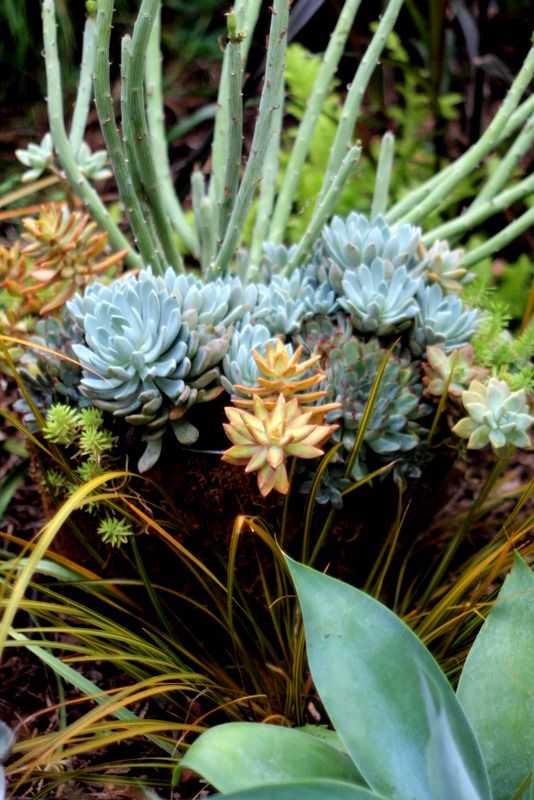
The tall, naked stems are the summer-dormant Senecio anteuphorbium, showing fresh growth at the tips. I first became acquainted with this senecio as the center bulge growing in a local “living wall,” blogged about in this post. Garden designer Dustin Gimbel made the ID, bless his nomenclature-filled brain. Rosettes are silvery Echeveria elegans, red-edged Echeveria pulidonis, golden Sedum nussbaumeranium, some graptopetalum and creeping sedum.
The moss blends in unobtrusively with the surrounding plants. The basket is a half basket with a flat back to hang against a wall, the sides curving to a point at the bottom, so after excavating a slight depression, it sits upright beautifully. The elevated height will keep the succulents drier than the surrounding plants and really makes their shapes pop. The perfect solution, since I’m sick to death of trying to keep these mossed baskets moist.
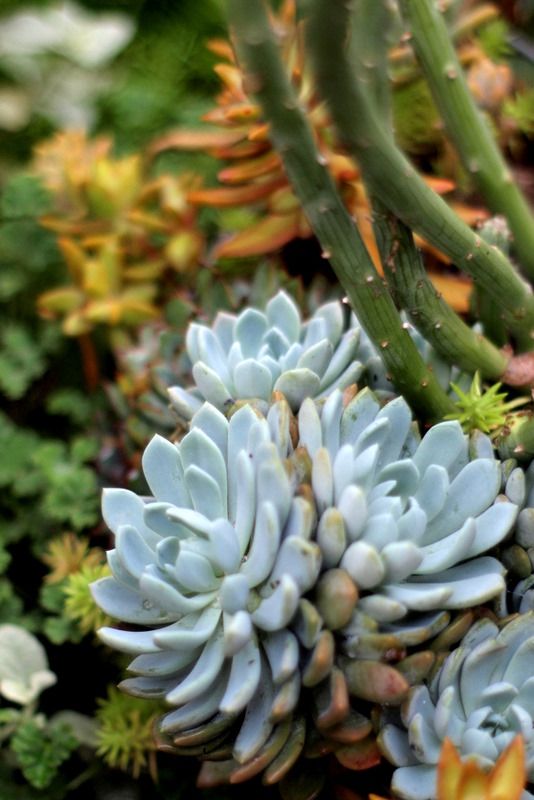
More instant garden gratification, the best kind, considering it’s a Tuesday in mid-September.
On the West Coast, Digging Dog Nursery carries Teucrium hyrcanicum.

